I often marvel at the towering monuments of Ancient Egypt, and among these, the obelisk holds a special place in history. So, what exactly is an obelisk? It’s a stone pillar with a pointed top, known as a pyramidion, carved from a single piece of rock, meant to reach for the heavens as a symbol of stability and sun worship.
The conception of obelisks dates back thousands of years, rooting them deeply in the cultural fabric of Ancient Egyptian society. These impressive structures were more than just monuments; they served as tangible connections between the divine and the earthly, with each obelisk telling its own story through its creation, location, and inscriptions.
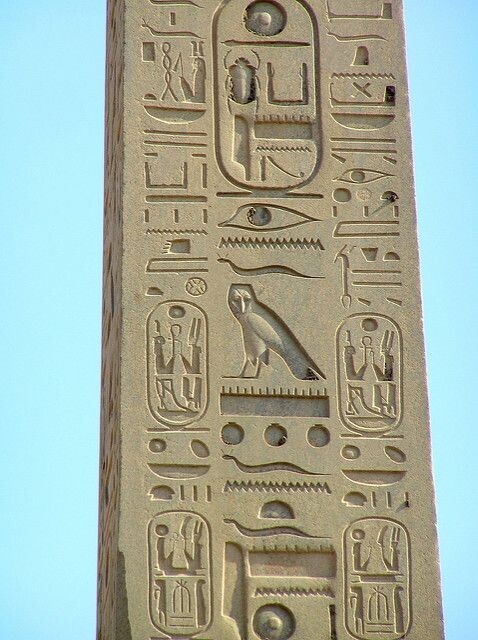
Religious significance was etched into their very stone, portraying them as petrified rays of the sun god, Ra. When I think about how these massive monuments were central to both the social and the spiritual aspects of Egyptian life, it’s stunning. Obelisks commemorated significant events and victories, and stood as testaments to rulers’ divine legitimacy and power.
Moving seamlessly from their grand stature and historical importance, it’s equally fascinating to explore the finer details of obelisks. In the next section, we’ll delve into their art and architecture, revealing the meticulous craftsmanship and profound symbolism that characterized these ancient marvels.
The Art and Architecture of Obelisks: A Closer Look
When I explore the impressive monuments of Ancient Egypt, the obelisks invariably demand my attention. These towering structures are not just stone pillars; they’re marvels of art and architecture, with each facet telling a part of Egypt’s story.
Artistically, obelisks are embodiments of the Ancient Egyptian aesthetic. Their tapered shape, resembling a petrified ray of the sun, symbolizes the sun god Ra. They were typically positioned at the entrance to temples, serving as beacons communicating the divine nature within.
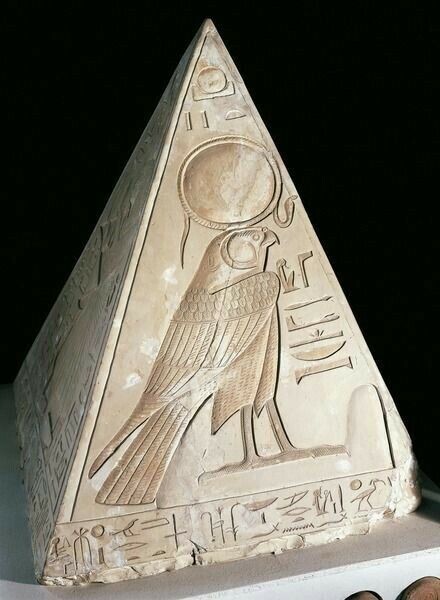
In architecture, their scale and prominence meant precision was paramount. An obelisk had to withstand the tests of time and nature, which meant the choice of materials and design was crucial. Crafted from single pieces of stone, mainly red granite, they showcased the might of the pharaohs.
The texts inscribed on obelisks offer us valuable insights. They’re not merely decorative; they’re historical documents chronicling triumphs, religious dedications, and royal legacies. Deciphering these hieroglyphs has allowed historians to stitch together narratives of ancient dynasties.
Different dynasties had their own distinctive styles, presenting a timeline of evolving designs and symbols. By comparing obelisks from various eras, we trace advancements in craftsmanship and shifts in political power or religious focus.
What stands out is the intersection of functionality and aesthetics, a mark of true engineering brilliance. Obelisks were designed to last an eternity, and indeed, their legacy has. Yet, how were these magnificent structures crafted with such precision, using the technology of the time? That’s what I’ll tackle next, focusing on the ingenious engineering behind these ancient giants.
Engineering Genius: Crafting the Monoliths
Imagine the sight of ancient Egyptian engineers, their eyes fixed on the colossal stone before them. This was the beginning of creating an obelisk \’ a process steeped in innovation that has captivated historians and engineers alike.
The quarrying challenge was monumental. Workers had to extract a single, unbroken piece of stone from a quarry, typically red granite from the famed quarries of Aswan. The ingenuity of these ancient craftsmen lies in their techniques. They most likely used dolerite pounders to shape the obelisks and a system of chisels and wedges to detach them from bedrock.
Transporting these immense structures to their intended sites required equal parts engineering skill and audacity. It’s theorized that the builders used sledges and rollers, along with the power of the Nile’s floodwaters, to move these giants. Once at the construction site, a clever balance of mathematics and brute force would have been employed to erect them. Methods could have included a combination of lever systems, sandpit erection techniques, and perhaps even water counterweights.
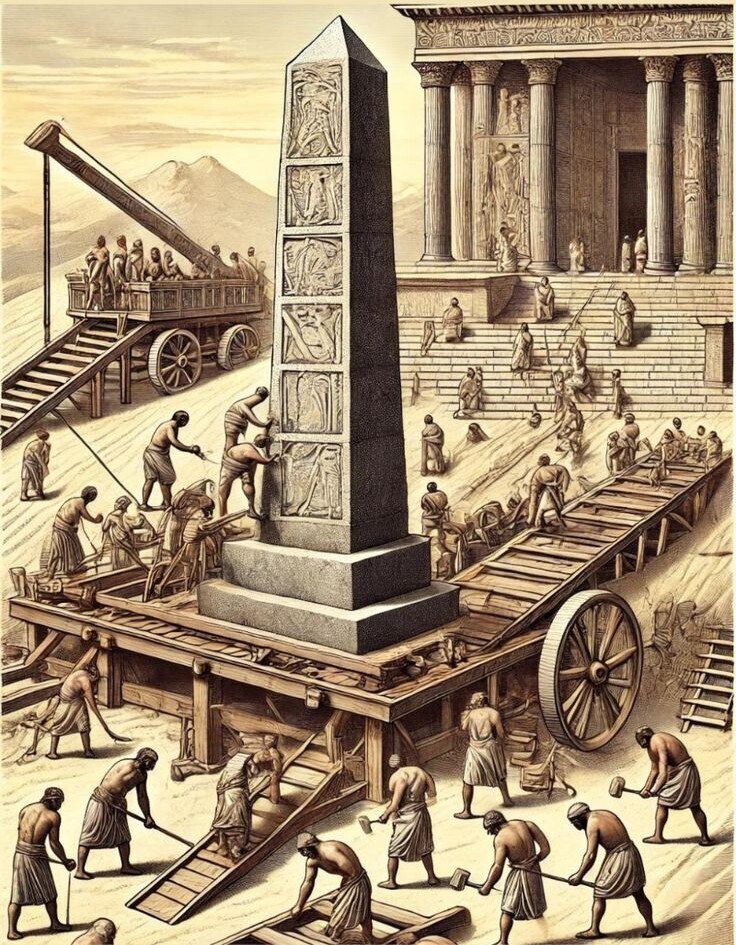
The completion of a standing obelisk marked a significant feat, symbolizing the Pharaoh’s divine rule and eternal legacy. Yet, not all obelisks remained erected in the sands of Egypt. As centuries ticked by, these stone marvels captured the attention of empires beyond the lands of their origin.
Knowing this, it becomes clear that the story of the obelisks doesn’t end with their creation. As we turn our gaze from the sands of Egypt to the wider world, we can trace the journey of these silent stone sentinels as they traveled across nations, forever altering the cultural and architectural landscapes of civilizations that followed.
Obelisks Beyond Borders: The Global Journey
The allure of Egyptian obelisks didn’t end in the deserts of their origin. In fact, they embarked on an impressive global journey, making their way to far-off lands. This tells you something about their value and appeal to other civilizations, particularly the Romans, who were captivated by their grandeur.
When Roman leaders, such as Augustus, conquered Egypt, they didn’t just bring back spoils of war; they transported these majestic stone columns to the heart of their empire. It was a statement of power, a way to incorporate the mystique of Egypt into their own culture. Indeed, Rome was home to more Egyptian obelisks than any other city outside of Egypt.
But the journey of obelisks didn’t stall in Ancient Rome. Over centuries, as European powers rose and the fascination with Ancient Egypt rekindled during the Renaissance and later, the Enlightenment, obelisks once again became highly sought-after artifacts. During this period, European capitals sought these ancient monoliths, symbolizing a cultural bridge to the ancient world and adding a touch of imperial prestige to their cities.
Today, Paris, London, and New York are a few cities that feature authentic Egyptian obelisks, standing as proud ambassadors of Egypt’s ancient civilization. But not all obelisks found around the globe are antiques; some are modern replications, demonstrating the continuing admiration for Egyptian craft and the desire to connect with antiquity.
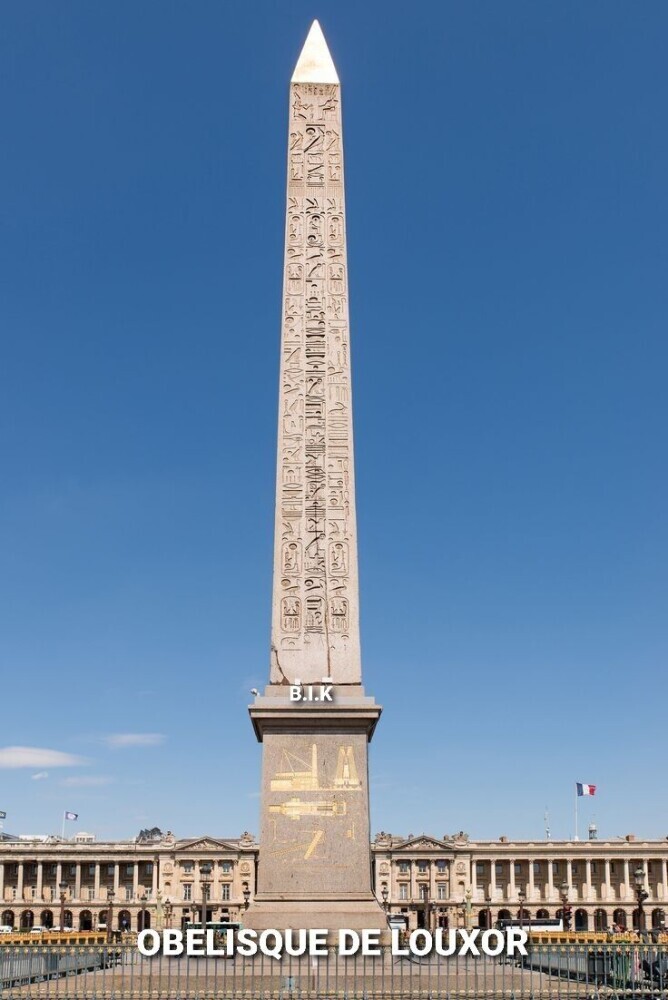
As we turn our focus towards the modern efforts to preserve these ancients wonders, we can’t help but be amazed at the journey these obelisks have taken. From the banks of the Nile to the bustling squares of major world cities, they have endured for millennia. Now, the commitment to conserving these marvels is more important than ever, ensuring they continue to inspire and educate future generations.
Preserving Ancient Wonders: Obelisks Today
The enduring presence of Egyptian obelisks around the world serves not just as a testament to ancient ingenuity but also as a symbol of the necessity to protect and treasure our shared heritage. Today, the remaining obelisks, whether standing in Egypt or in cities like Rome, Paris, and New York, face new challenges from environmental factors and the passage of time.
Technological advancements have carved a path for innovative conservation methods. Techniques like 3D scanning and non-invasive analysis allow us to understand deterioration patterns and apply targeted preservation techniques. These tools are crucial in our efforts to safeguard obelisks for future generations to witness and study.
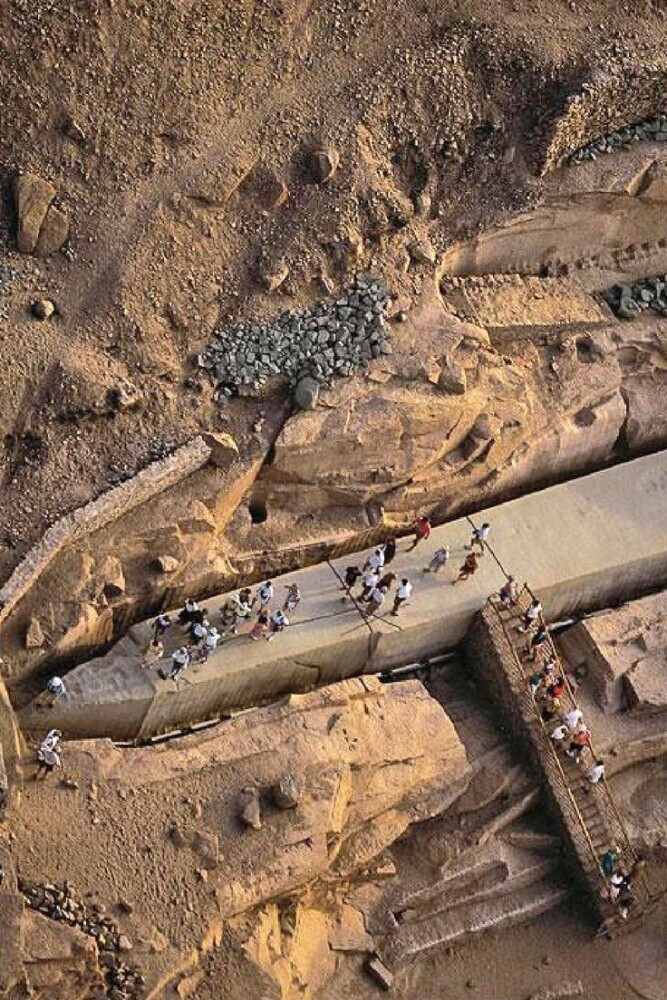
The promotion of cultural heritage tourism has a significant role to play in the upkeep of these historical marvels. Visitors who experience the grandeur of obelisks firsthand bring much-needed attention and resources to the sites, aiding in their conservation. Moreover, such tourism fosters a global appreciation for ancient cultures, sustaining interest in their history and advocacy for their preservation.
I stress the importance of ongoing collaboration between governments, historians, engineers, and the public at large. Together, they create a dynamic force that contributes to the preservation of these structures. By supporting these endeavors, we ensure that obelisks remain not only beacons of ancient craftsmanship but also symbols of the unbroken thread that connects modern society to its distant past.

